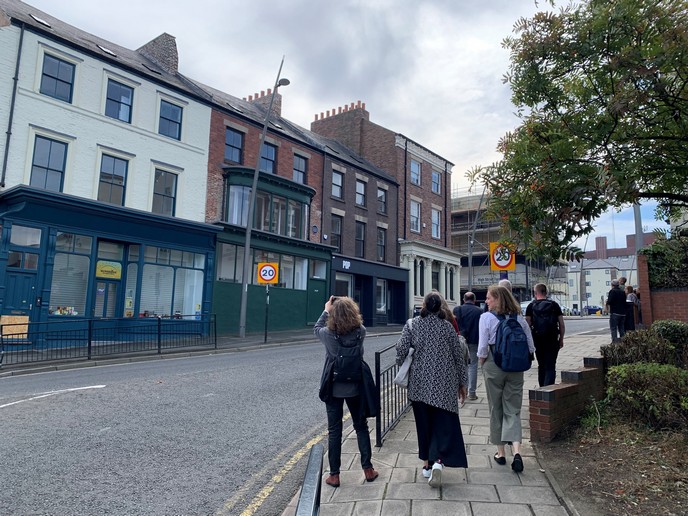Empowering local communities to take control of their heritage
There are many abandoned heritage sites around Europe today. The transformation of these sites is an opportunity to increase community cohesion and support social integration, boost innovative bottom-up economic initiatives and create new employment opportunities. This is where the EU-funded OpenHeritage(opens in new window) project comes in. “We set out to develop and test sustainable models for adaptive heritage reuse, placing the idea of inclusive governance of cultural heritage sites together with the development of heritage communities at its centre,” notes Hanna Szemző, project coordinator. The project relied on consortium expertise, gathered evidence from 16 observatory cases(opens in new window) and practical testing in six cooperative heritage labs to produce usable and transferable results. Szemző adds: “We operated with an open definition of heritage(opens in new window), not limited to listed assets but also involving those buildings, sites and spaces that have a symbolic or practical significance for local or trans-local heritage communities.”
The testing of inclusive models
Developing and testing inclusive models of adaptive heritage took place in six cooperative heritage labs(opens in new window). “The labs represented different types of heritage sites, located in different countries, and operated within diverse legal, political, and socio-economic contexts. These labs became the places of co-creation and experimentation,” confirms Szemző. Work in the labs had a strong local effect, strengthening communities around the sites, supporting their better integration into regional and national networks and improving their longer-term sustainability. But it also contributed to the development of a toolbox which aimed to provide help for a civic-led adaptive reuse of these heritage sites.
A closer look at the OpenHeritage toolbox
“The toolbox(opens in new window) supports an inclusive and bottom-up driven way of adaptive heritage reuse that involves communities in the process and allows them to make crucial decisions about the fate of the heritage sites,” emphasises Szemző. It was designed to help the various stages of adaptive heritage reuse, including initiating the process, establishing the heritage community around the site, developing and maintaining it sustainably, and establishing an appropriate governance and financial model. Consisting of various stand-alone components, they can also be used together. Amongst others, these include methodological guidance for crowdsourcing, guidelines for public-private-people partnerships, guidelines for an inclusive business model, and a roadmap for regional integration.
Pushing the role of citizens forward
In OpenHeritage, bottom-up adaptive reuse was investigated and documented in ways that made the underlying processes more ‘tangible’ for practitioners and researchers alike. The social impact of OpenHeritage lies foremost in the knowledge and experiences collected concerning citizen involvement in heritage reuse. This will continue to be made available to a wider audience of policymakers and practitioners in Europe and beyond. “The experiences and products of OpenHeritage will be used to further investigate and implement the lessons of community-driven adaptive heritage reuse,” concludes Szemző. Project results can be used for future projects on citizen involvement in other fields, including various local initiatives and experiments in urban governance.







